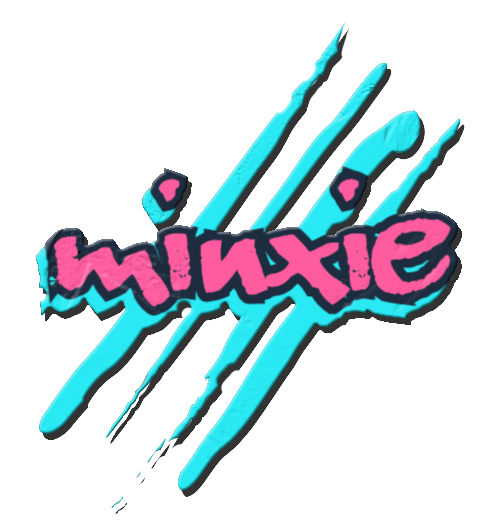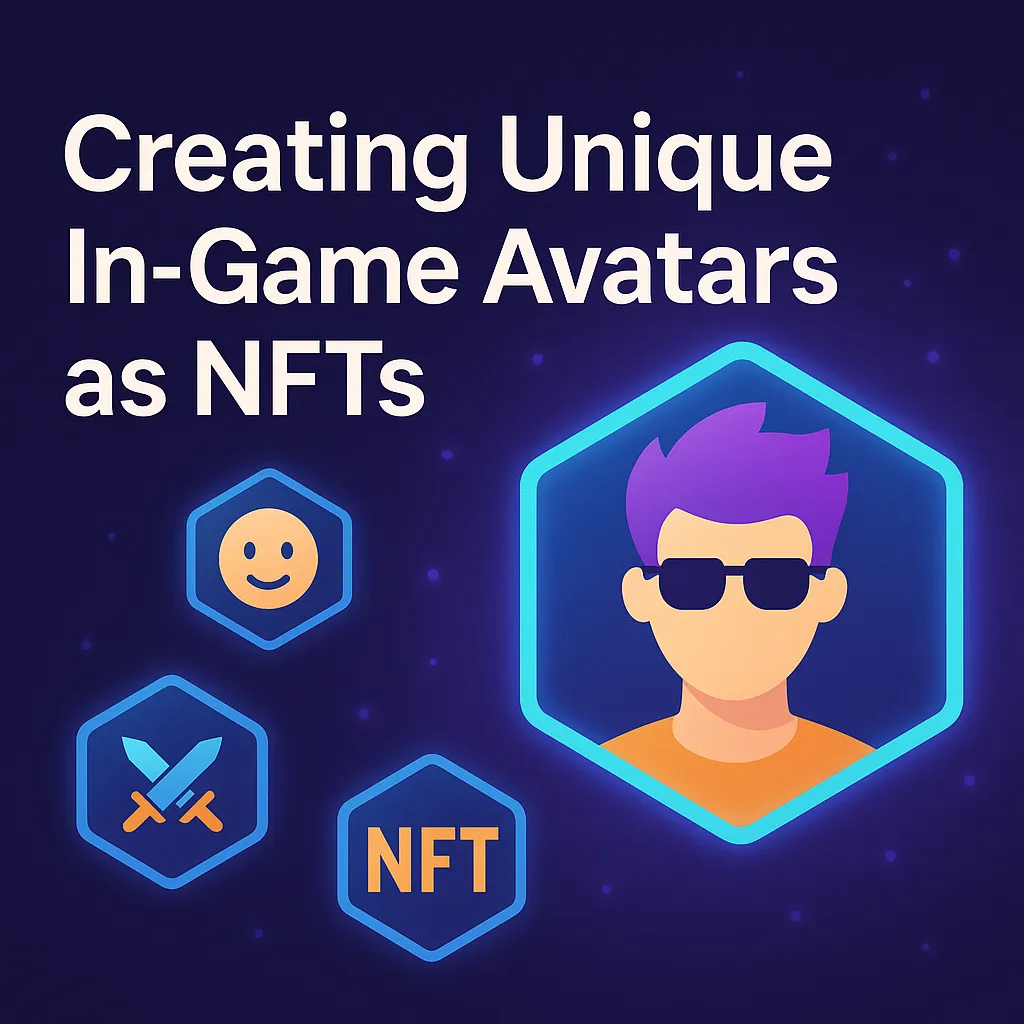The days of using generic characters in online games are fading fast. Today, gamers want more — identity, customization, and ownership. Enter NFTs: blockchain-based assets that let players not just use, but truly own their in-game avatars. And for creators? It’s a new frontier of opportunity.
Let’s explore how NFTs are revolutionizing the creation of in-game avatars and why they matter in the evolving world of Web3 gaming.
What Makes an Avatar “Unique” in the NFT World?
In traditional games, you might tweak your character’s look with preset options. But when avatars are created as NFTs, they become digitally scarce, customizable, and in some cases — completely one-of-a-kind.
Here’s what sets NFT avatars apart:
- Blockchain ownership — players own the avatar, not the game
- Limited editions or generative designs — no two are exactly alike
- Tradability — avatars can be sold or traded freely on marketplaces
- Interoperability — use the same avatar across compatible games or metaverses
Imagine designing a character, minting it, and then watching it gain value or fan recognition — that’s the new avatar economy.
How Are These Avatars Created?
Creating an NFT avatar isn’t just for developers anymore. Platforms like Minxie make it accessible for artists, gamers, and independent creators.
There are two main ways to build them:
1. Manual Design
Artists or 3D modelers design characters from scratch — often stylized, thematic, or based on fandoms. These avatars can include animations, skins, or accessories and are minted as individual NFTs or sets.
2. Generative Collections
Using code and layered assets, creators generate hundreds or thousands of avatars with randomized traits. Think hats, eyes, colors, gear — all combined into unique characters, much like CryptoPunks or Bored Apes.
Once created, these avatars are stored on the blockchain and assigned a token ID, which proves ownership and enables resale.
Why Use NFT Avatars in Games?
NFT avatars aren’t just cosmetic. They unlock features that go far beyond typical game customization.
Here’s why players and developers are adopting them:
- True digital identity — own your avatar across multiple games and platforms
- Exclusive access — avatars can act as passes to private game modes or events
- Earning potential — valuable avatars can be resold or leased to other players
- Creator recognition — artists earn royalties every time their avatar is traded
Players become collectors, while artists become game designers in their own right.
Real Use Cases
- Metaverse Integration
Own a custom NFT avatar that you can use in several metaverse environments like The Sandbox, Decentraland, or upcoming Web3 worlds. - Skins with Utility
An avatar with certain traits might unlock powers, bonuses, or unique starting items — blending function with fashion. - Streamer Branding
Content creators launch branded avatars and sell them to fans, creating both merchandise and in-game community presence. - Collaborative Drops
Game developers collaborate with artists to release avatar collections that represent in-game factions, seasons, or lore.
Creators, This Is Your Time
If you’re a digital artist, animator, or 3D designer, now’s the moment to build and monetize in-game characters.
Using platforms like Minxie, you can:
- Mint avatars without coding skills
- Set royalty structures for resale
- Build a following around your avatar “universe”
- Collaborate with streamers or developers to launch branded sets
Best of all, each NFT avatar you release is part of your on-chain portfolio — a public, provable record of your creative output.
What About Copyright and Rights?
One of the biggest advantages of NFT avatars is clarity in ownership. When someone buys an avatar, the token proves their rights to use or trade it.
Still, smart creators define license terms clearly — such as:
- Personal use only vs. commercial rights
- Restrictions on modifications
- Reuse limits in other projects or games
Clear rules protect your art and build trust with buyers.
The Future of Identity in Gaming
NFT avatars aren’t just a trend — they’re a foundation for decentralized identity in the gaming world.
As more games adopt Web3 mechanics, your avatar could be:
- Your login key across platforms
- A token for voting in community-led projects
- A representation of your achievements, history, and style
In other words, your NFT avatar could become your gaming passport.

